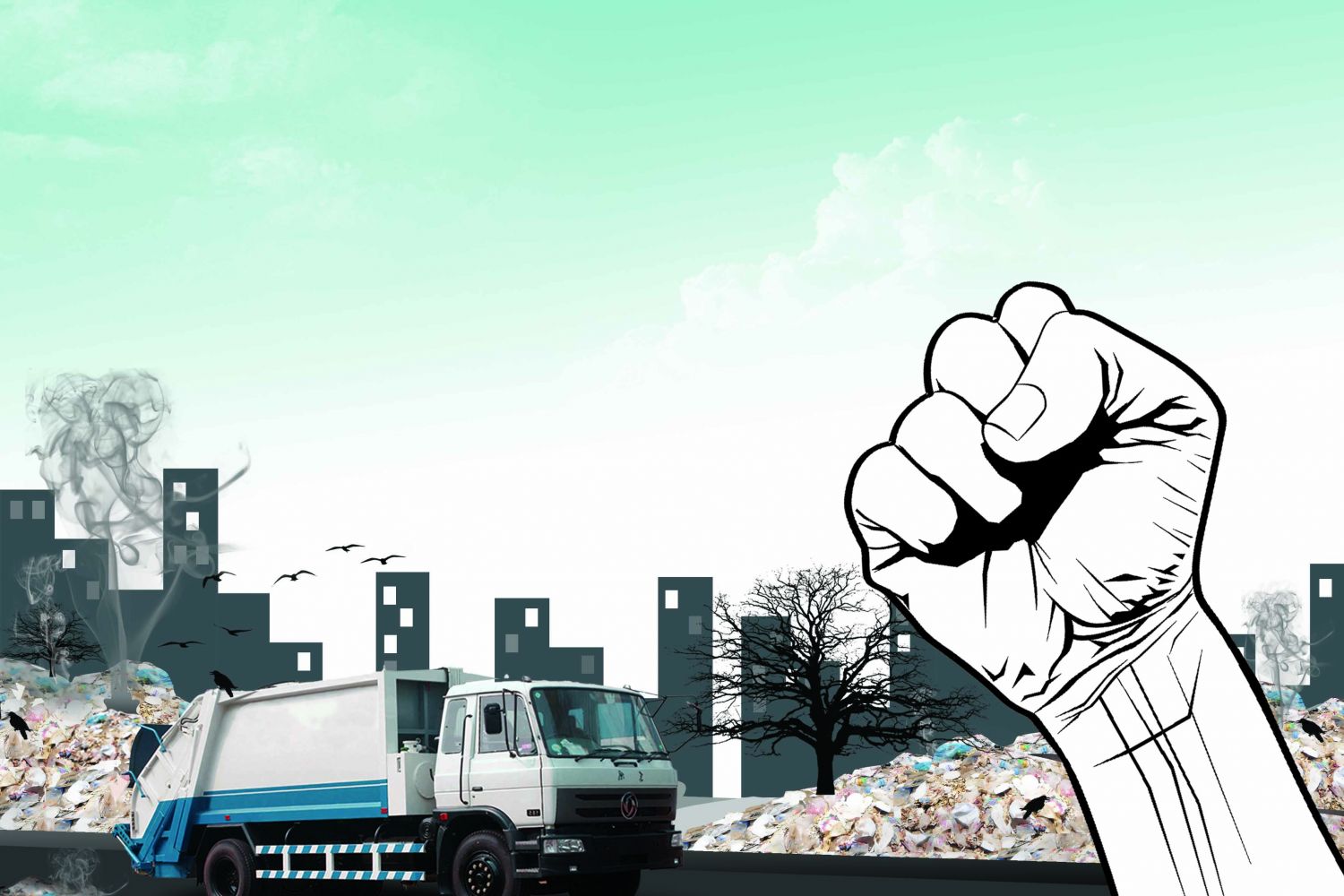
Kerala’s capital
Thiruvananthapuram is perhaps a shade too placid to be the late O V Vijayan’s
Dharamapuri, where his savage, exhilarating satire, Raja of Dharmapuri, is
set but it may soon evolve into one.
The pressed, starched
khakis of the Thiruvananthapuram police might have to stand guard and even
escort truckloads of rotting garbage, if and when it makes its way to
Vilappilsala village. Around 600 policemen stood guard similarly a decade ago
when the “chavar” (ga





